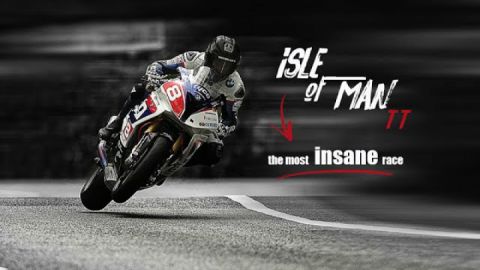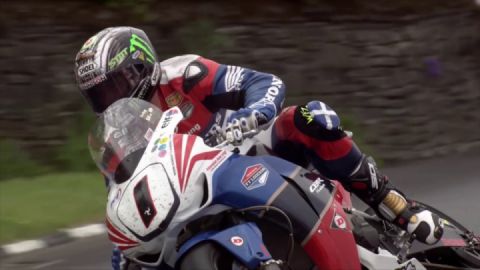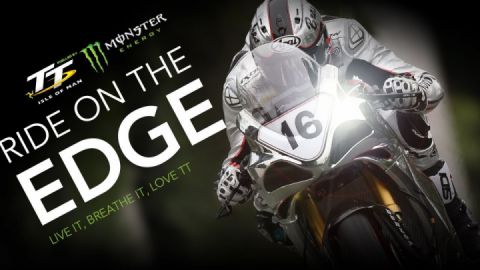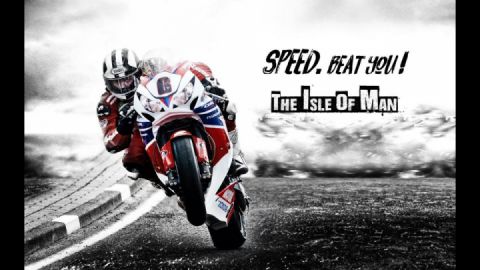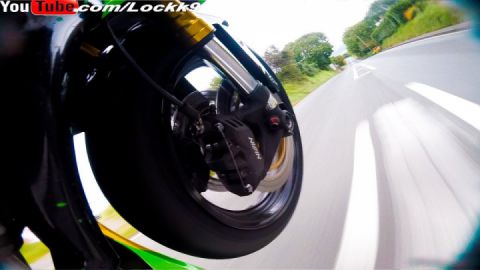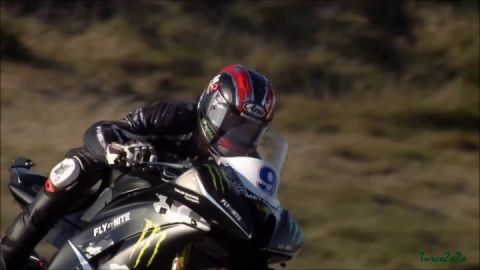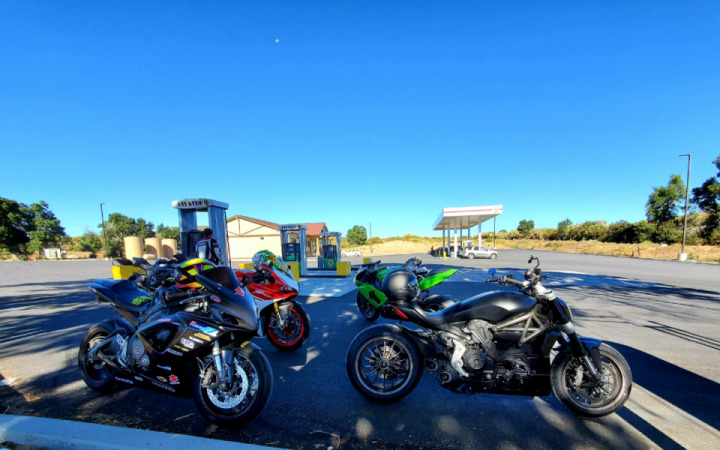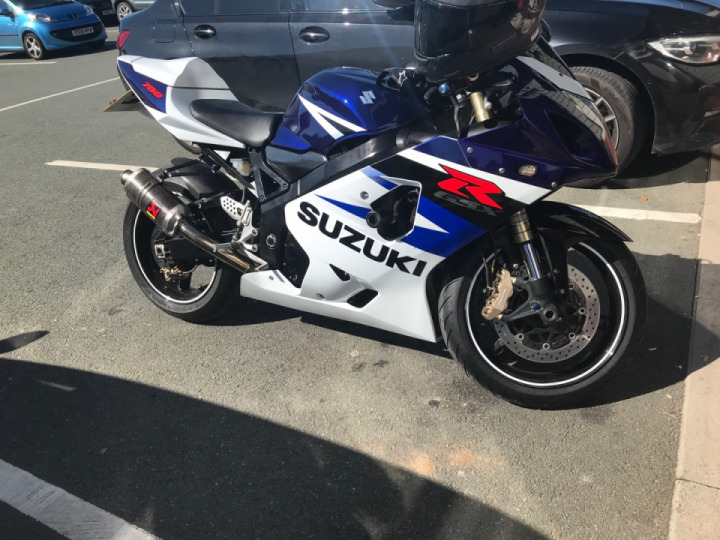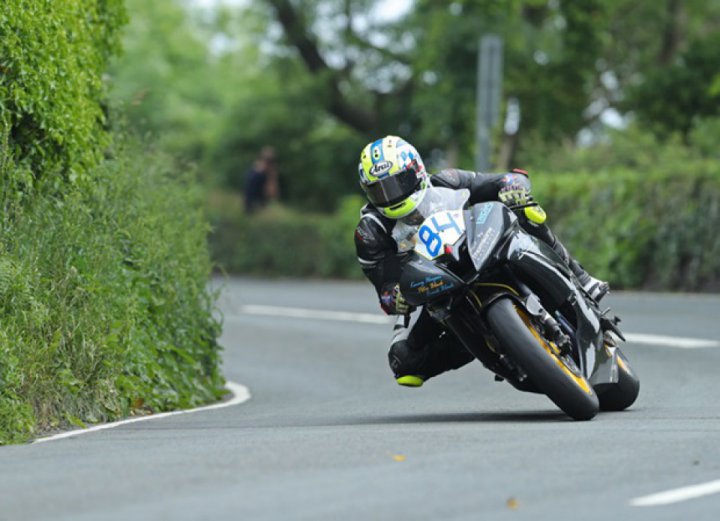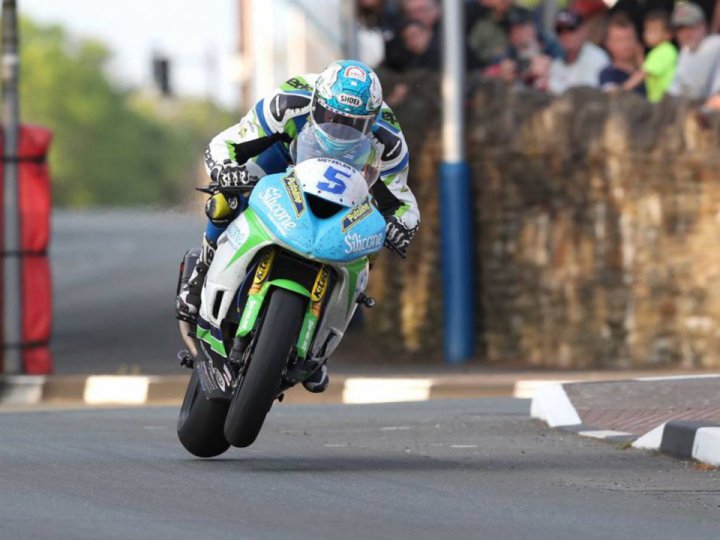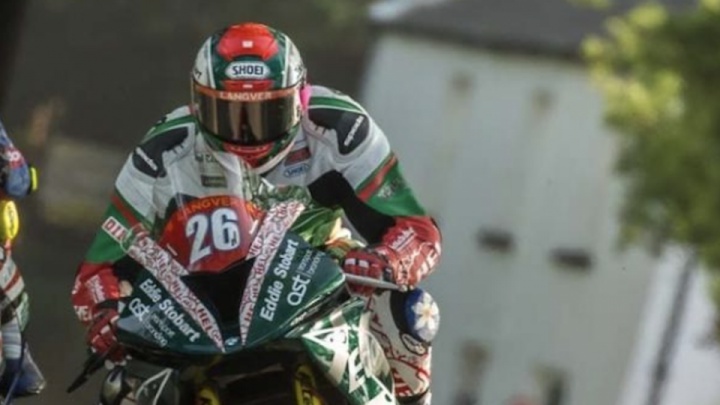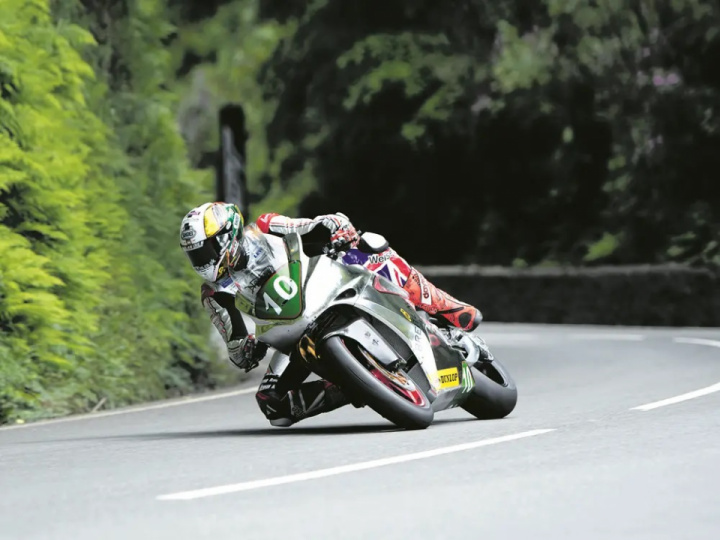
-
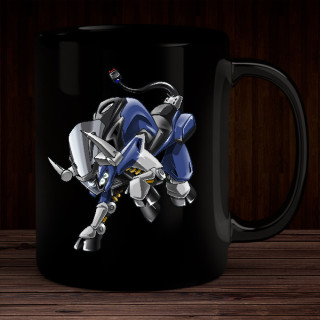 Mug BMW K1600 "Bull" 2022
Mug BMW K1600 "Bull" 2022 -
 T-shirt Yamaha YZF R6 “Scorpio” 17-20
T-shirt Yamaha YZF R6 “Scorpio” 17-20 -
 Hoodie Suzuki Hayabusa GSX1300R 2008-2020
Hoodie Suzuki Hayabusa GSX1300R 2008-2020 -
 Set of 3 stickers “Bull” inspired by Kawasaki Z650 2020
Set of 3 stickers “Bull” inspired by Kawasaki Z650 2020 -
 Mug KTM 1190 RC8 "Dragon"
Mug KTM 1190 RC8 "Dragon" -
 Poster Yamaha YZF R15 V3 “Transformer”
Poster Yamaha YZF R15 V3 “Transformer” -
 Mug Fantic Motard XMF 125 “Pterodactyl”
Mug Fantic Motard XMF 125 “Pterodactyl” -
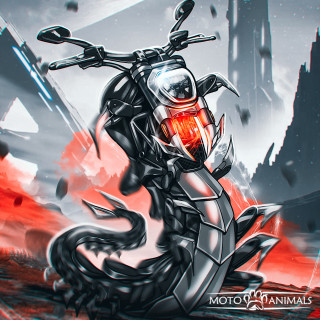 Poster Ducati XDiavel "Сentipede"
Poster Ducati XDiavel "Сentipede" -
 Poster Inspired by Kawasaki Z900 2020 "Scorpion"
Poster Inspired by Kawasaki Z900 2020 "Scorpion" -
 Hoodie Yamaha YZF R6 “Cobra” 2003 2005
Hoodie Yamaha YZF R6 “Cobra” 2003 2005
Amongst the top riders at the Isle of Man TT, victory or defeat can come in pit lane, as crucial time is either won or lost in front of the TT Grandstand on Glencrutchery Road.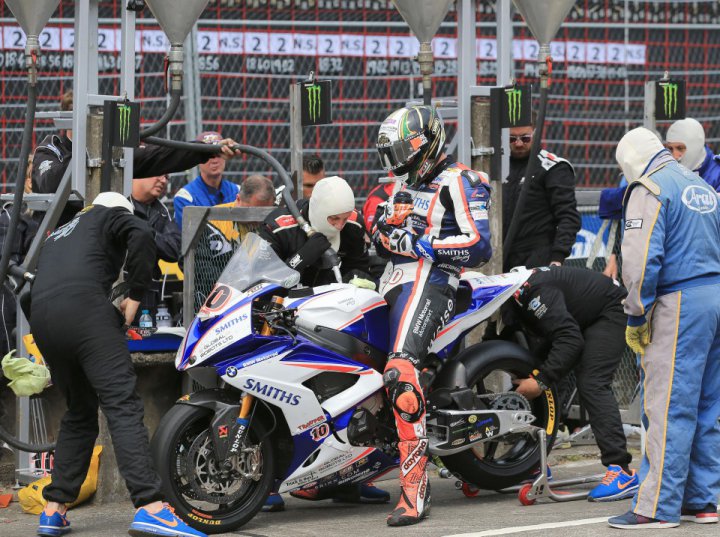
Photo: IOMTT
But, a pit stop at the Isle of Man TT is not a straight-forward affair, and as such the top teams have choreographed a precise dance in order to extract the maximum performance under tight circumstances.
For TT riders, the biggest rate-limiter during a pit stop is fuel, and a good pit stop will see teams waiting for their fuel tanks to fill, rather than losing time on changing a rear tire, attending to the rider, or some other mechanical issue.
In the video attached to this post, we see Peter Hickman come into the pits, on his way to winning this year’s Senior TT – setting a course record of 135.452 mph along the way as well. It is an interesting insight into this often over-looked aspect of TT road racing.
Hickman’s pit stop lasts just over 50 seconds. In that time, he fills the tank on his BMW S1000RR, changes the rear tire, cleans his visor and windscreen, takes a drink of water, and gets an update on the progress of Dean Harrison, his top rival for the race win, who is ahead of him on the course.
It is a lot to take in, but perhaps the most interesting segment happens at the 1:07 mark. Seconds earlier, you can see the camera’s perspective change slightly, as an unseen mechanic takes the BMW off a rear stand – the rear Dunlop slick now changed and ready to go.
“Chillout, chillout. Yeah, it needs to be full,” you can hear Hickman’s mechanic say to his rider.
Fuel is key. The more fuel that is onboard, the more fuel the engine can burn. This isn’t so much a function of miles per gallon, as it is a function of mean effective pressure inside the engine.
Instead of an efficiency of mileage, race bike tuners are looking for an efficiency of power – in this case, pushing the boundaries on how much power a 998cc four-cylinder engine can reliably make for 226.38 consecutive miles.
The more fuel combusted in the engine, the more power made, the quicker the lap time – and this brings us back to how much fuel is available in the tank.
The trick with the TT though, each pit stop station is equipped with an old-fashioned fueling system, which uses a large jerrycan that is shaped like a funnel, and is suspended roughly 10 feet off the ground.
There are no pumps for the fuel, so gravity has to do all the work. This makes for a very slow fueling process for the roughly five gallons of fuel that is used by the big superbikes.
Part of the reason the TT organizers use this method is because of history – as the fueling process hasn’t really changed in the race’s 111-year time span. But, part of the resistance to change is also because of safety.
For the Senior, Superbike, Supersport, and Lightweight TT races, it can be 30 to 40 minutes before a rider gets a proper break. Ensuring that fuel stops take close to a minute to complete means ensuring that riders will take a minute’s break every couple laps.
It also ensures that teams won’t cut corners, looking to make-up time on the course by not coming into the pit lane. A long pit stop not only ensures rest for the riders, but it also means fresh tires and a chance for mechanics to ensure the mechanical fitness of their race bikes.
All of that being said, even the top teams can differ by several seconds during a pit stop – enough time to lose a position on the time sheets, or to gain on a rival.
Credit:asphaltandrubber.com


